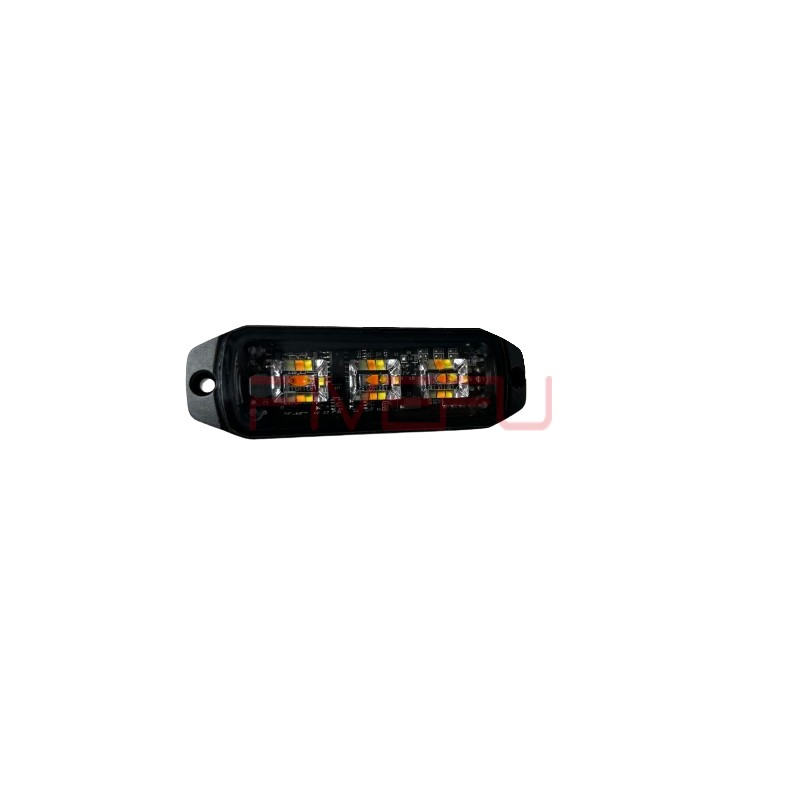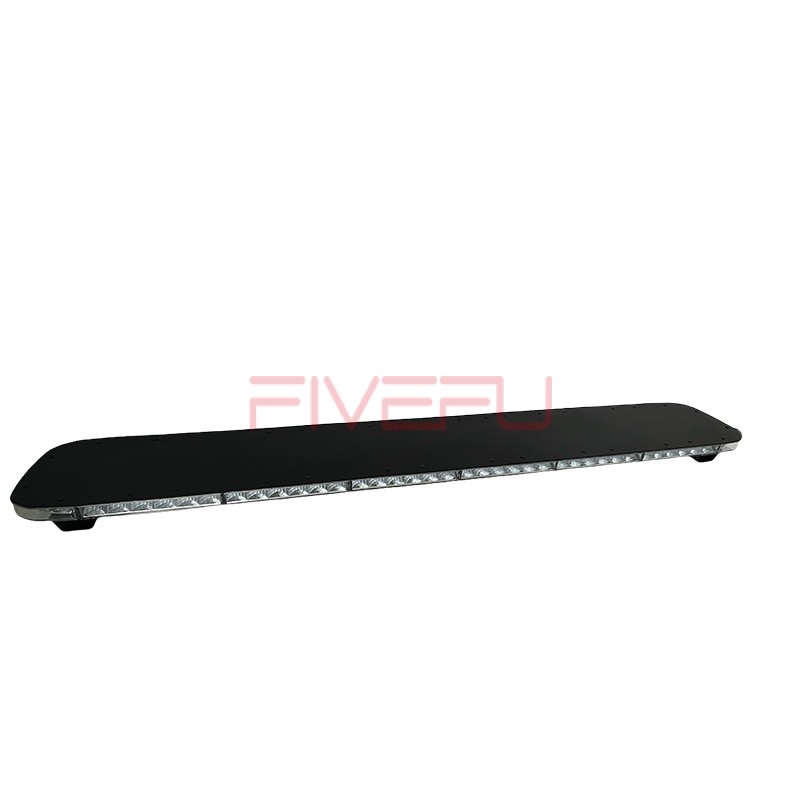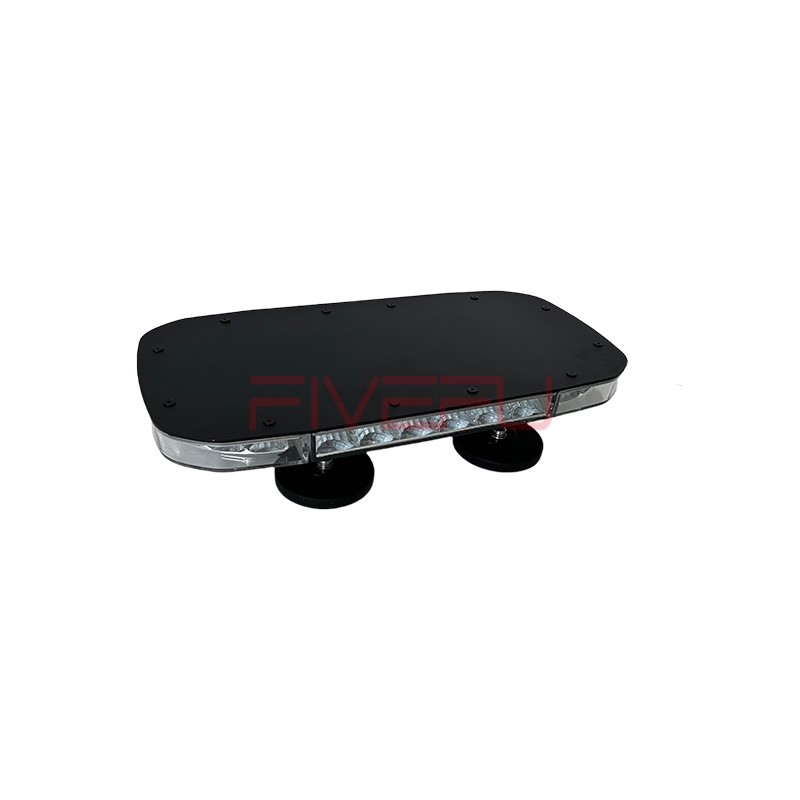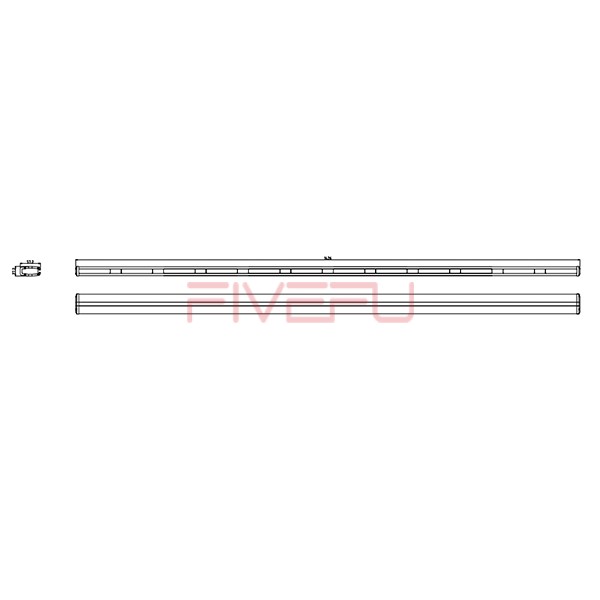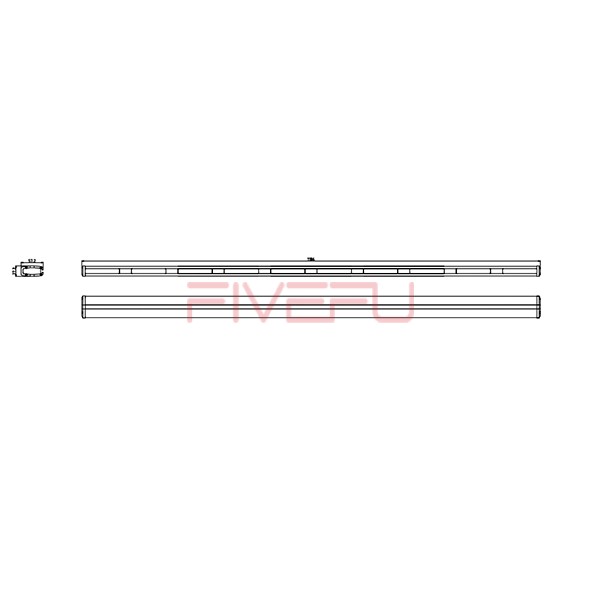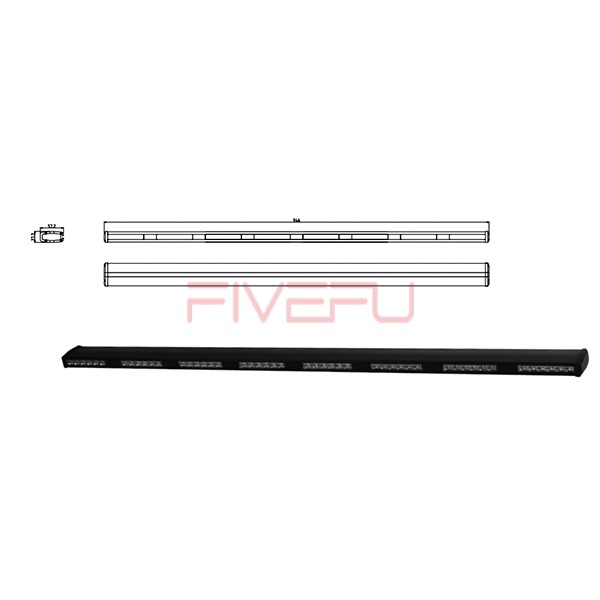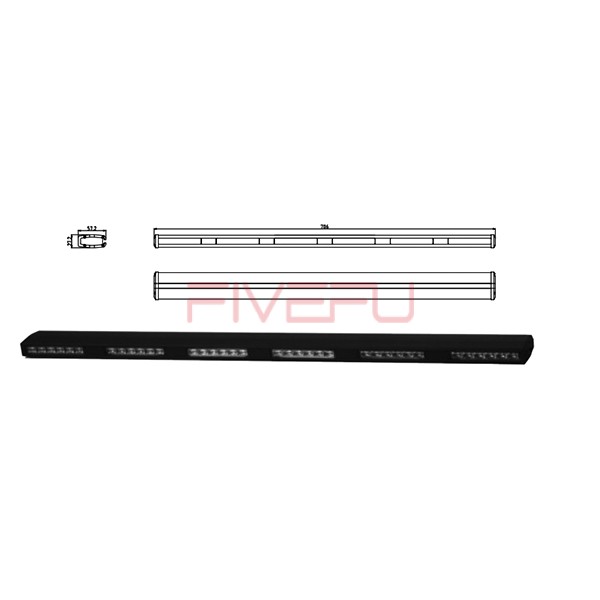You may wonder if it’s safe or possible to wire LED lights directly into house wiring. Miswiring or improper installation can cause short circuits, fires, or expensive repairs. Let’s break down the safe way to wire LEDs.
Wiring LED lights directly into house wiring is possible, but it must be done with the proper connectors, resistors, and transformers to ensure safety and compatibility. Always consult an expert.
If you’re thinking of upgrading to LED lighting, you need to understand how to properly wire LEDs into existing house wiring. Here’s a breakdown of what you need to know.
The Basics of LED Wiring
LED lights work with a low voltage and need the correct wiring setup to ensure they operate efficiently. Directly connecting them to house wiring (which is typically 120V or 220V) without the proper components can be dangerous.
1、LED Driver or Transformer
LED lights need a driver or transformer to step down the voltage from your home’s electrical system to a level that the LEDs can handle. If you don’t use a proper LED driver, the lights may overheat or fail prematurely.
2、Wiring Components
To wire LEDs into house wiring, you’ll need to use appropriate connectors and junction boxes. This ensures that all wires are safely enclosed, preventing exposure to electric currents.
3、Bypass Ballasts
In many cases, older lighting systems use ballasts, which need to be bypassed when switching to LED. A proper understanding of how to handle these systems is crucial to avoid potential electrical issues.
4、Resistors
Sometimes, resistors are necessary to regulate the current and prevent excessive flow that can damage your LEDs. These resistors must be matched to the LED type and wattage.
Safety First
If you’re unsure about how to wire LED lights, it’s always best to consult a licensed electrician. Incorrect wiring could result in electrical hazards such as fires or electrical shock.
Conclusion
Yes, you can wire LED lights directly into house wiring, but you must ensure proper use of transformers, drivers, and other electrical components for safe operation.
